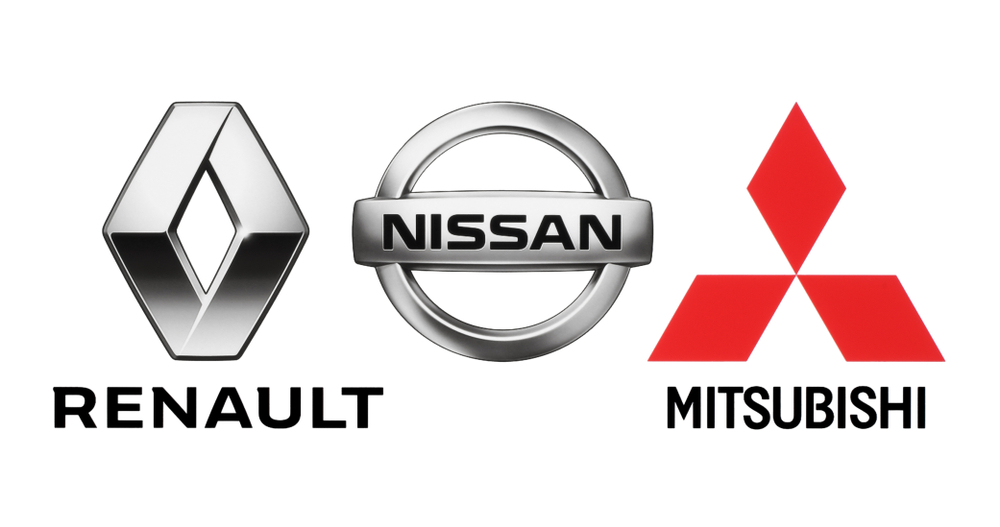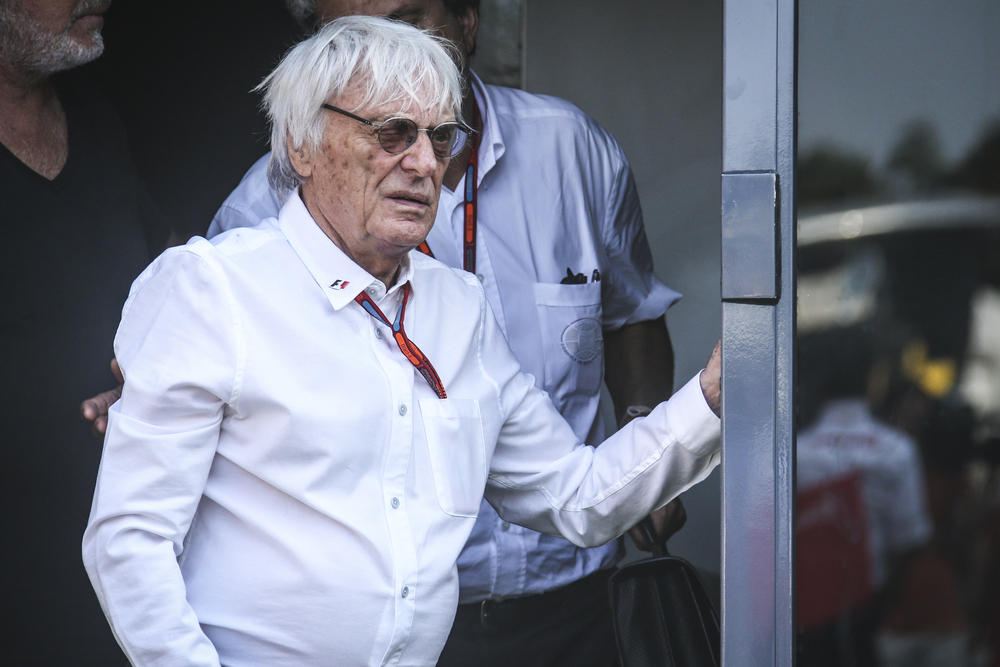Car brand loyalty is something that most people take quite seriously. There are those who love the design and aesthetic of French manufacturing and swear by a Renault. Others appreciate the safety and control and always choose a Japanese model like Toyota. Others still, choose the precision and engineering of German design and will always choose a VW. However, sometimes brands are nothing more than brands and this is increasingly the case as large car manufacturers start to collaborate more and more. A new announcement from Renault, Nissan, and Mitsubishi is a further example of this.
Before we talk about Renault, Nissan, and Mitsubishi, let’s discuss Volkswagen. Volkswagen purchased a controlling stake in SEAT in 1986 and made a similar purchase in Skoda in 1994. In addition, the company made purchases in Bentley, Lamborghini, Bugatti in 1998, Scania in 2008, and Ducatti, MAN and Porsche in 2012. Together all of these brands are part of the Volkswagen Group.
While we are not saying that if you buy a Porsche you are simply buying a VW with a different badge, that is almost true of the SEAT and Skoda. The similarities in the design and build of the VW, Skoda, and SEAT are incredibly similar. If you look at the Golf, Leon, and Octavia you will see little difference in the engine, build, and even some interior specifications. The model has worked well for Volkswagen to date and so it is no surprise to see others emulate it.
Enter Renault, Nissan, and Mitsubishi. The three companies formed an alliance in 2013 and since then have shared ideas and some designs in their approach to manufacturing and car build. However, this year they have announced that the partnership will become a lot closer and the difference between these brands may soon become nothing but a name.
Renault will now take the lead for the three companies in the smaller or B car area. The success the company has had with the Clio will see them take the lead on the Captur, the Micra, Juke, and any other small cars that are introduced from 2025 onwards. Nissan has shown success in the past with family-sized cars and so will take the lead on the C segment. Mitsubishi will take the lead on hybrid cars. There will also be some regional focus with Renault being the lead in Europe, South America, and Russia. Nissan will lead Japan and North America. Mitsubishi will lead in ASEAN and Oceania.
The three-car companies have had a lot of success independently so why the need for this collaboration? The answer will come as no surprise, cost-saving. In an increasingly demanding marketplace, the need to save costs is higher than ever and the companies believe that they can cut costs in model investment by 40% if they take this approach.
The savings will be made as three companies will now join forces to work on streamlining R&D and standardizing future car model ranges. If you can read between the lines you can clearly see that the differences between these cars will slowly be reduced to nothing at all. It is the type of deal that makes you wish car manufacturers would simply be honest and name them all one brand but the customer loyalty that exists in car purchases is too strong to risk doing that. If you love a Renault and the name was changed to Nissan when it came time to purchase a car you may choose Nissan but you would likely look at other brands too. The number of people that will stay with Renault even though it is no longer truly a Renault car is so high that this is the only way to conduct a move like this. Strange times in the car branding world, strange times indeed.





